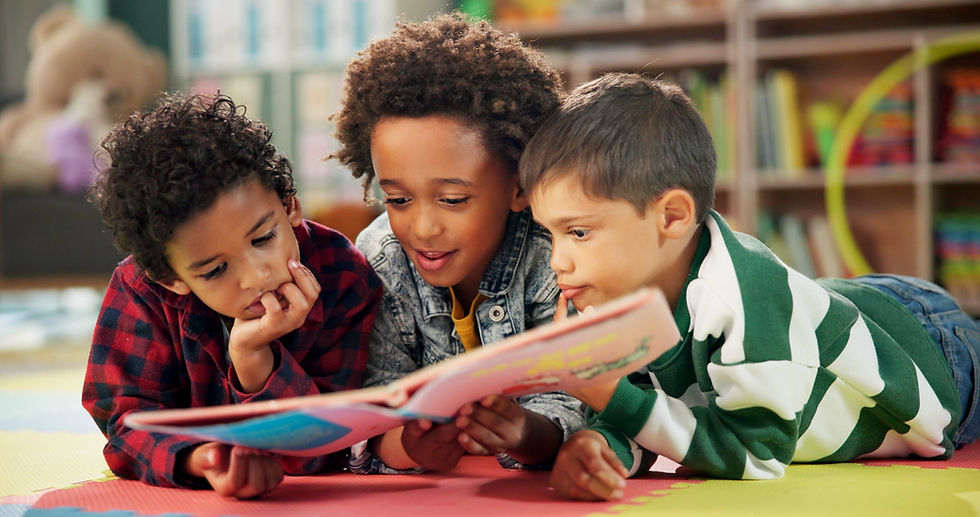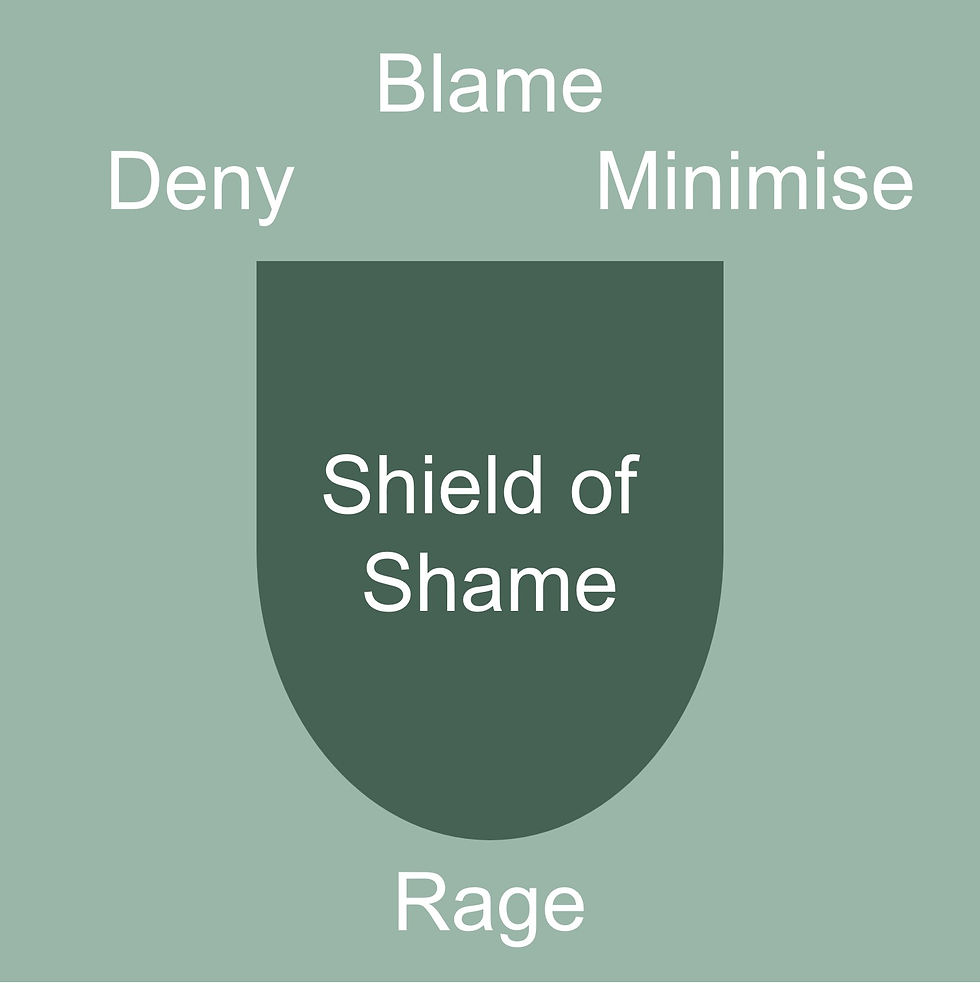Harness the power of classroom culture
- Kathryn Gibb
- Sep 1
- 4 min read
The key to building strong teacher-to-student and student-to-student relationships with a new class is by establishing a positive classroom culture.
Psychological research in education often highlights the best approach is to set-up a framework or “class community agreement” with students in the first weeks of term.
This means that that class as a whole should strive to:
Establish shared goals the group finds meaningful.
Build psychological safety by agreeing on how to treat one another (e.g., respect, listening, risk-taking without ridicule).
Embed clear routines for everyday tasks to create predictability and security.

The new academic year is upon us
That same research shows that teacher-to-student relationships play a vital role in establishing a positive classroom culture and promoting positive student outcomes.
Teachers will have been preparing for a new class, new year and new term; curriculum plans will have been written, display boards set up, seating plans considered, tables and chairs laid out and materials for the first few topics sourced.
Then there is the excitement (and trepidation) for staff and students alike as the teacher and their new classes meet for the first time and start to get to know one another.
Teachers are not just important - they are central!
Outside observers often forget that it is the teacher-student relationship that plays the single most important role in promoting positive student outcomes. This is true in areas as wide-ranging as motivation, executive functions, pro-social behaviour, and self-control not just academic achievement, and feelings about learning and general wellbeing (e.g. Emslander, Holzberger, Ofstad, Fischbach, & Scherer, 2025).
I know that most teachers go into the profession precisely because they already knew that teaching would enable them to be vital in exactly these ways.
It is always daunting that so much research focusses on how essential the role of the teacher is - but there seems to be much less consensus out there about the practical steps a teacher might take to achieve this feat of making high-quality meaningful relationships with all the students they come into contact within their school (as well as plan lessons, deliver lessons, mark work, engage with parents, run clubs, liaise with outside professionals etc.).
So, does research give us any pointers on the activities that might be worth a try in the classroom, the ones that give the most impact and are the best investment of time so they can be fitted into those all-important first two weeks of term….
Classroom Culture
Schools and especially classrooms are FULL of relationships, not just with the teacher but between pupils, between teachers, with outside agencies, with parents…the list goes on. If the children matter to one another, as well as to the teacher, it might well be that teacher has less hard work to do trying to connect with as many children as they can as often as they can. Certainly, some research tells us is that the stronger this community feeling is, the more children report liking school and the more they see learning as something valuable (Bowman, D. H. (2002) School 'connectedness' makes for healthier students, study suggests. Education Week, 16:4).
To create a feeling of cohesion in a class community - so that it is more than a just collective of pupils who are forced to be there and to do the things the teacher says - it will need shared goals which feel truly meaningful to the group. This idea of a meaningful goal might be called purpose.
Furthermore, psychological safety - feeling able to take risks, speak up, disagree openly, surface concerns and share creative ideas without the fear of being ignored, put down or laughed at is central to making a working culture which feels like a good place to be in and learn in (Edmonson, 1999) - and this goes as much for the classroom as for the workplace.
Taken together with practical routines (which increase predictability and therefore safety) such as how we come into class, where we put our finished work (etc.) these three ideas form what might be called the classroom culture - the sense of, ‘How we do things around here.’
What are the practical steps I can take?
The four key components of the programming for the first two weeks of term start to look like this:
1) Develop a shared vision of the class’s purpose.
2) Create psychological safety for learning.
3) Give the pupils the message that they matter to the teacher.
4) Help the children matter to one another.
Over the next few days Educational Psychology for Schools (EPSS) will be publishing blogs with ideas and resources focussing on these four areas, which might be useful to teachers who want to actively harness the power of classroom culture to enhance student belonging (and academic excellence, and motivation, and conflict resolution too!)
Any information provided in this article does not constitute psychological advice. This article is for general informational or educational purposes only and should not be taken as a substitute for professional psychological assessment or treatment from a qualified Educational Psychologist.



Comments